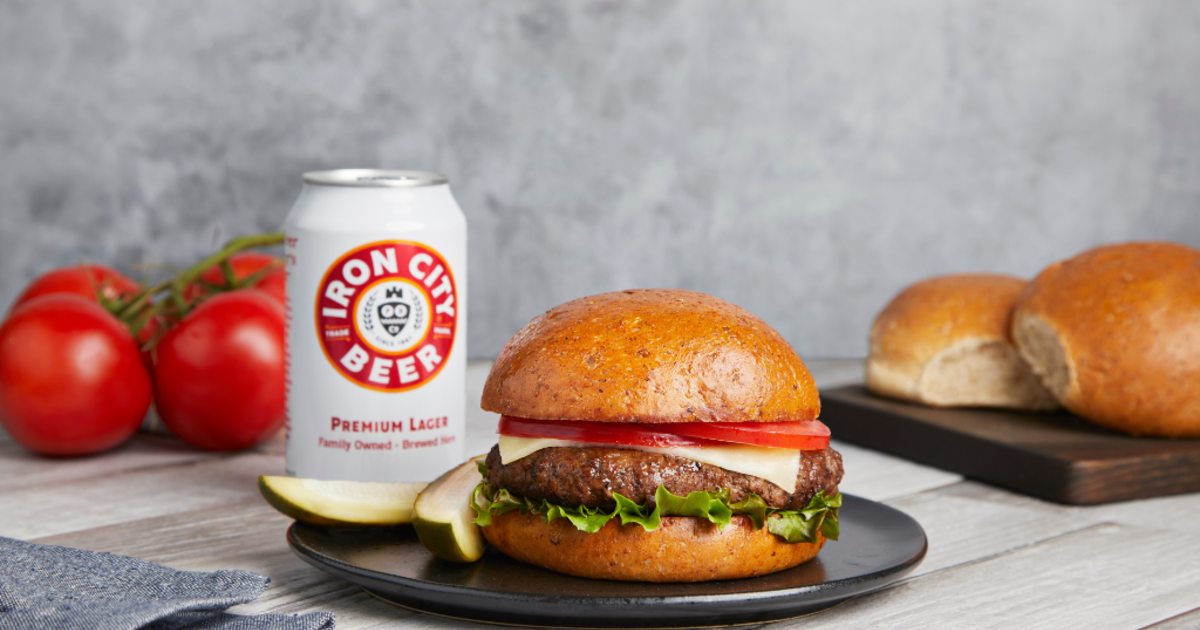Small Cars Ain't What They Used To Be
Small cars have been selling like hotcakes -- tiny, 110-cubic-foot-sized hotcakes. Today, they represent 19.3% of America's new-car purchases, and they're on track to hit 20.5%, a market share that small carshaven't enjoyed in nearly 20 years.
Part of the allure of today's small cars is the fact that they don't feel like the small cars we used to know. In fact, Doctor Who fans might call them TARDIS-like: they're bigger on the inside than the outside.
The discrepancy is particularly noticeable for those who lived through the econobox decades of the 1970s and 1980s. Spurred in part by troubles in the Middle East and declining North American oil production, those tiny vehicles were champs at the pump, but didn't offer much in the way of comfort, much less safety features.
The EPA's classification system for automobile sizes hasn't changed since then, but the automobiles themselves sure have. To demonstrate, we dug up this handy infographic from Automotive.com, which looks at the way that popular models like the Honda Civic and the Volkswagen Golf have expanded over the years.
The 2009 Golf, for example, is a full 20 inches longer than its predecessor from 1974, and it's over six inches wider. The Honda Civic has undergone a similar transformation, adding about 19 inches in length and 11 inches in width.
So what gives?
There are a couple of reasons for the upsizing of small cars.
Bigger behinds: According to the Centers for Disease Control (PDF), in 1960, the average American man weighed 166.3 pounds and women were 140.2. Today, men tip the scales at 191 pounds, and women average 164.3. It's true that both sexes are taller by an average of one inch, but that can't account for 25 extra pounds of weight. Today, nearly 70% of American adults are either overweight or obese. And just as the National Highway Traffic Safety Administration has had to build new crash-test dummies to account for our overweight children, automakers have had to boost auto sizes to accommodate our bigger bodies.
Boosting demand for smaller vehicles: But small cars aren't just getting bigger to handle heavy drivers. Automakers are making small vehicles attractive to consumers of all shapes and sizes. Fuel-economy regulations have raised the bar for car companies in the U.S.: by 2025, fleets will need to earn an average of 54.5 mpg, and automakers who don't meet that benchmark will face penalties. One way that car companies are working to hit that target is by downsizing vehicles, but no one's going to buy those rides if they're not attractive. And so, automakers have loaded up compacts and subcompacts with all the creature comforts found in bigger models, in the hope of boosting consumer interest -- and in the process, fleet-wide fuel economy.
Do you drive a small car? What was the deciding factor in your purchase? Drop us a line, or leave a note in the comments below.
—————————————————
This article originally appeared on The Car Connection.




